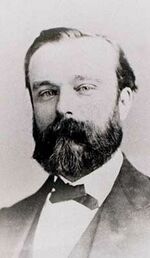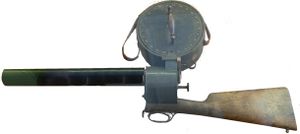إتيان-جول ماري
جول ماري Étienne-Jules Marey (و 5 مارس 1830 – 21 مايو 1904) عالم فرنسي وعالم في التصوير الدقيق كان متخضصص في تصوير القلب والاوعية الدموية والتصوير السنمائي والتصوير أثناء الطيران وكان رائداً في التصوير السينمائي على نطاق واسع جدا.
انجازاته

أثناء دراسته بكيفية تحرك الدم في جسم الإنسان ونبضات القلب ، قام باختراع السفگموگراف وهو جهاز يوضح الرسم البياني لمخططات نبض القلب .
French physiologist and chronophotographer who, while studying how blood moves in the body, invented the sphygmograph. This device made a graphical record of the pulse and variations in blood pressure. One end of a lever rested on the veins in the wrist, while a stylus on the other end inscribed the fluctuations of the heart onto a carbon-blacked strip of paper moving at a uniform speed. He took an interest in the flight of insects and birds. In 1869, Marey demonstrated how an insect flies by moving its wings in a figure-8 shape. Inspired by Muybridge's work, Marey studied the movement of animals by photographing multiple images on a single plate. He also used a high-speed motion camera to produce film to view in slow motion.
المصادر
| Étienne-Jules Marey
]].- The science of movement and the image of time: online exhibition by the BIUM (Bibliothèque interuniversitaire de médecine et d'odontologie, Paris), with the Collège de France and Pr Marta Braun (Ryerson University), author of Picturing Time : The Work of Etienne-Jules Marey (University of Chicago Press, 1992)
- Movements of Air, Etienne-Jules Marey, Photographer of Fluids
- Online exhibition of images, and movies, and animation
- Etienne-Jules Marey: digital library, BIUM (Paris)
- Photo, bibliography, and biography in the Virtual Laboratory of the Max Planck Institute for the History of Science

